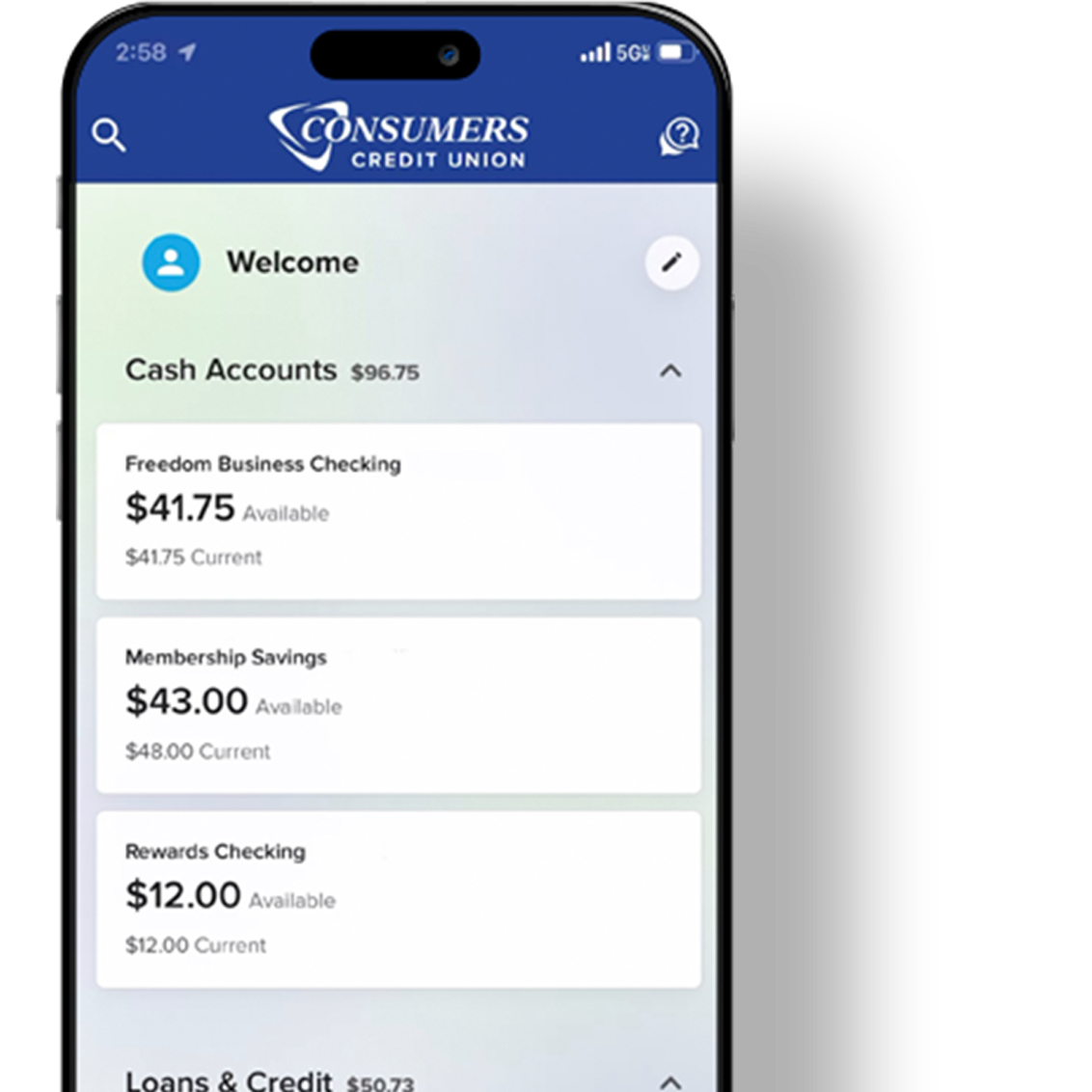30 Days to a Better Budget
August 27 2025
What would you guess is the percentage of U.S. adults who have credit card debt? The answer is 41%.
If you’re in that 41% it’s probably time to do some budgeting, if you haven’t started already. If you’re not in the 41%, some well-structured budgeting could help keep you debt-free with regard to credit cards.
Even when money is tight, small steps can help you regain a sense of control. Here’s a challenge about working with what you have and making a plan that fits your reality.
The 30-Day Budgeting Challenge
Week 1: Take Stock (Without Judgement)
- Days 1–2: Gather documents – Collect checking and savings account statements, bills, and income records (if they are online, you could download them into a new folder). If you don’t have access to everything, just start with what you know (like recent pay stubs or receipts).
- Days 3–5: Sort spending into essentials vs. non-essentials – Focus on basics first: housing, food, transportation, and bills. Then, list everything else.
- Days 6–7: Track daily spending – If writing down every dollar feels overwhelming, start small – like noticing where cash disappears fastest (fast food? Gas? Impulse buys?)
Week 2: Think Small
- Days 8–10: Find areas to free up cash. Look for small, manageable changes. For example, might you cook one extra meal each week instead of going out or switch to coffee at home? [GJ1]
- Days 11–13: Commit to one realistic goal – maybe it’s just covering rent this month or paying one bill in full. Small wins build momentum.
- Day 14: Choose a budgeting style that fits your situation. Decide what budgeting system supports where you’re at. Zero-based budgeting or the 50/30/20 rule are some examples.
Week 3: Adjust and Automate
- Days 15–17: Adjust spending based on what’s possible – don’t aim for perfection. Aim to find small ways to stay on top of expenses.
- Days 18–20: Automate what you can – even if it’s just setting reminders to pay bills on time, little systems can help.
- Day 21: Revisit and adjust – if your first plan didn’t work, that’s normal. Tweak it and keep moving forward.
Week 4: Subtract, Add, and Celebrate
- Days 22–24: Downgrade without losing what matters. Instead of cutting everything, swap or downgrade packages (e.g., cheaper phone plans).
- Days 25–27: Explore ways to boost income. Selling things you don’t need, freelancing, or joining the gig economy part-time can provide short-term relief.
- Days 28–29: Plan for expenses you know are coming. Even setting aside $5-$10 per paycheck for emergencies makes a difference.
- Day 30: Reflect on progress (no matter how small). If you made any improvements this month, celebrate them! Every step forward counts.
Remember that you don’t have to budget alone. Connect with your financial institution to see what services and resources we can provide. Our partner GreenPath also offers free financial counseling and personalized debt management.
This article is shared by our partners at GreenPath Financial Wellness, a trusted national non-profit.


